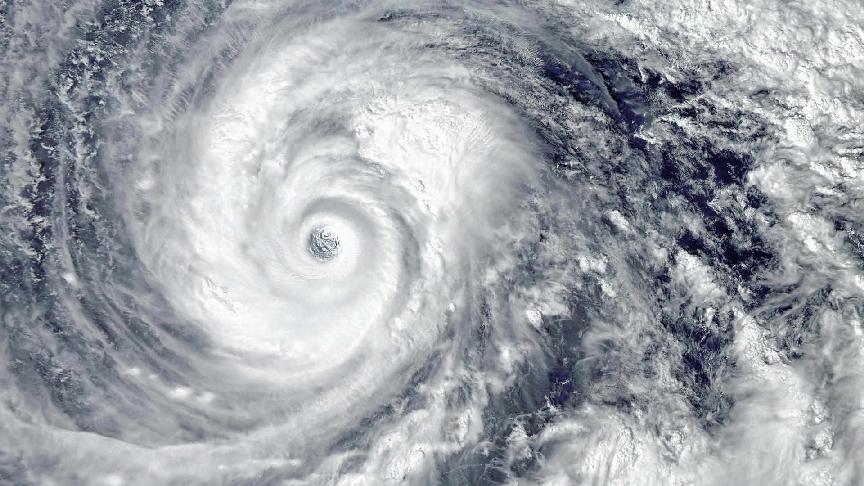More vessels stay on schedule as congestion at ports eases
With multiple blank sailings announced ahead of the Chinese New Year, schedule reliability is expected to improve further

Schedule reliability has been witnessing positive progress for several months in a row as congestion cleared out in many ports. According to the latest report by Sea Intelligence, “Schedule reliability has been trending upwards on a global level, across all carriers and major East/West trade lanes, as well as for 82% of the global ports.”
The lowest point was seen in January 2022. That is when schedule reliability was at its worst at 30% month-to-month.
Recently, however, the drop in demand pushed carriers to remove a percentage of their capacity, which in turn eased the traffic at sea.
The blank sailings scheduled for the next month as we approach the Chinese New Year is likely to improve schedule reliability even further at the start of next year. “We are most likely going to see a repeat of 2020-1H, where despite an ongoing Covid-19 outbreak, schedule reliability was trending up,” writes Sea Intelligence.
All trade lanes in general are witnessing an improvement. The same applies to most ports, according to Sea Intelligence data.
For example, nearly all of North America East Coast ports have been receiving and discharging vessels on time for the past six months. For ports on the West Coast, the percentage nears 72%. In Asia, almost 90% of ports have been witnessing an improvement in schedule reliability.
In addition, the analysis shows that global schedule reliability exceeded the 52% mark between the months of October and November. Although it still has a long way to go to reach pre-pandemic levels – especially when it peaked at about 83% around July 2019 – it is still a significant improvement and good news for shippers.
A closer look at the situation on the transpacific shows that reliability from Asia to the US West Coast improved in October reaching approximately 40%. Furthermore, a report by JOC.com wrote, “On-time arrivals to the East Coast last month increased 8.8 percentage points from October to 35.5%, almost double the 18.4% schedule reliability of a year ago.”
Reliability on the North America – North Europe trade lane has exceeded 40 %, according to Kuehne+Nagel data. The average arrival delay of late vessels on this route was about four days in November. As for the Asia-North Europe route, the data shows a drop in on-time performance for November to around 41% compared to 49% in October.
Source: Sea Intelligence, JOC, Kuehne+Nagel
Related articles

Sea newsILWU Canada to vote on tentative agreement this week

Sea newsFull recovery of Canada's port operations could extend until September

Sea newsDrewry expects port waiting time to return to pre-pandemic levels over the course of 2023

Sea newsUpdate: Chennai Port slowly resumes berthing operations after cyclone Michaung

Sea newsUpdate: Delays continue for trucking and rail operations at Hamburg Port

Sea newsMy Carrier News (15 – 30 November)
